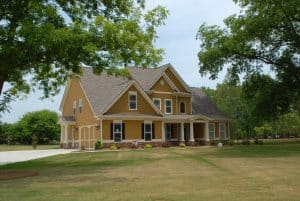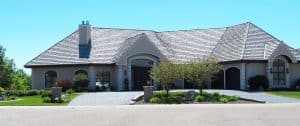Solar Communities: Neighborhoods Powered by the Sun
Welcome to the future of energy efficiency and sustainability – solar communities! Thanks to technological advancements, we are now able to harness the power of the sun and use it to power entire neighborhoods. Gone are the days of relying solely on traditional sources of energy that harm the environment. Solar communities are the way of the future, and in this article, we will explore what they are, how they work, and the benefits they offer to both individuals and the planet.
What are Solar Communities?
Solar communities, also known as solar-powered neighborhoods or solar villages, are residential areas that are entirely powered by solar energy. These are typically planned communities where solar panels are installed on the rooftops of homes, buildings, and other structures to capture and convert sunlight into electricity. The generated energy is then used to power all the homes and facilities within the community.
How Do Solar Communities Work?
The key component of solar communities is, of course, the solar panels. These panels are made up of photovoltaic cells, which convert sunlight into electrical energy. The panels are connected to an inverter, which converts the direct current (DC) electricity from the panels into alternating current (AC) electricity that can be used to power homes and buildings.
In some cases, the excess energy produced by the solar panels is stored in a battery system for later use. This allows the community to continue using solar energy even when there isn’t enough sunlight, such as during the night or on cloudy days. The stored energy can also be used as a backup during power outages, providing residents with uninterrupted power supply.
Solar Community Infrastructure
Solar communities are designed to be energy-efficient, and as such, incorporate various infrastructure to maximize the use of solar energy. This includes energy-efficient appliances, LED lighting, and smart home systems that allow for remote monitoring and control of energy usage.
Some solar communities also have shared solar arrays, where multiple homes can collectively own a larger solar panel system to generate and store energy. This allows for even more cost savings and efficient use of resources.
The Benefits of Solar Communities
Environmental Benefits
The most significant benefit of solar communities is their positive impact on the environment. By using clean, renewable energy, these communities reduce their carbon footprint and help combat climate change. They also reduce the dependence on fossil fuels, which are a finite resource.
Cost Savings
Solar communities offer significant cost savings to residents. Since they don’t rely on traditional energy sources, homeowners in these communities have lower utility bills. Additionally, the shared solar array systems allow for bulk purchasing of solar panels, making them more affordable for residents.
Community Benefits
Solar communities foster a sense of community and responsibility among residents. They also provide an opportunity for education and awareness of sustainable living practices. Additionally, solar communities are often designed with green spaces and parks, creating a healthier and more enjoyable living environment.
In Conclusion
Solar communities are an excellent example of how we can use innovative technology to create a sustainable future. Not only do they offer numerous environmental benefits, but they also provide significant cost savings and community benefits. As more and more communities adopt solar energy, we can hope for a brighter and cleaner future for generations to come.









